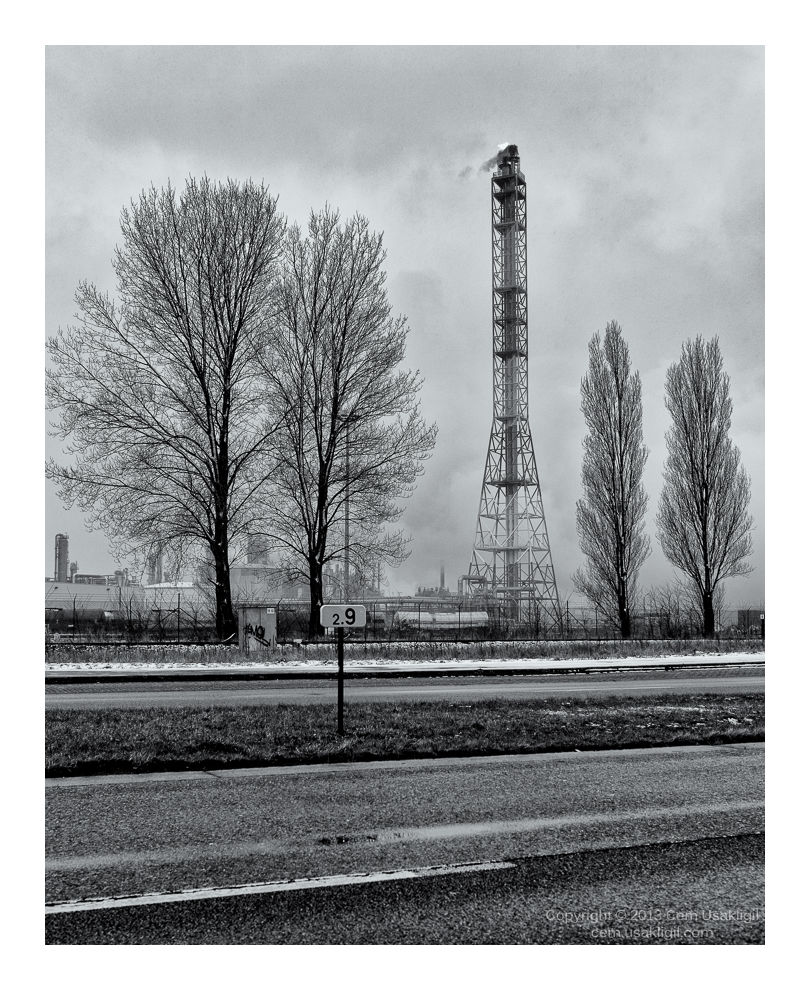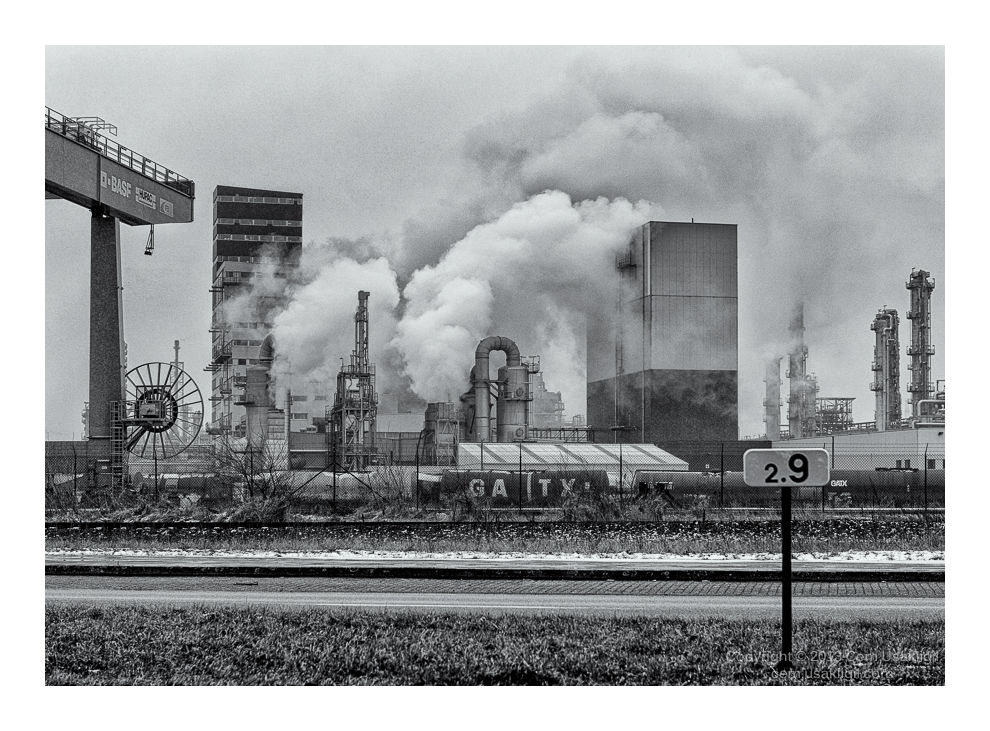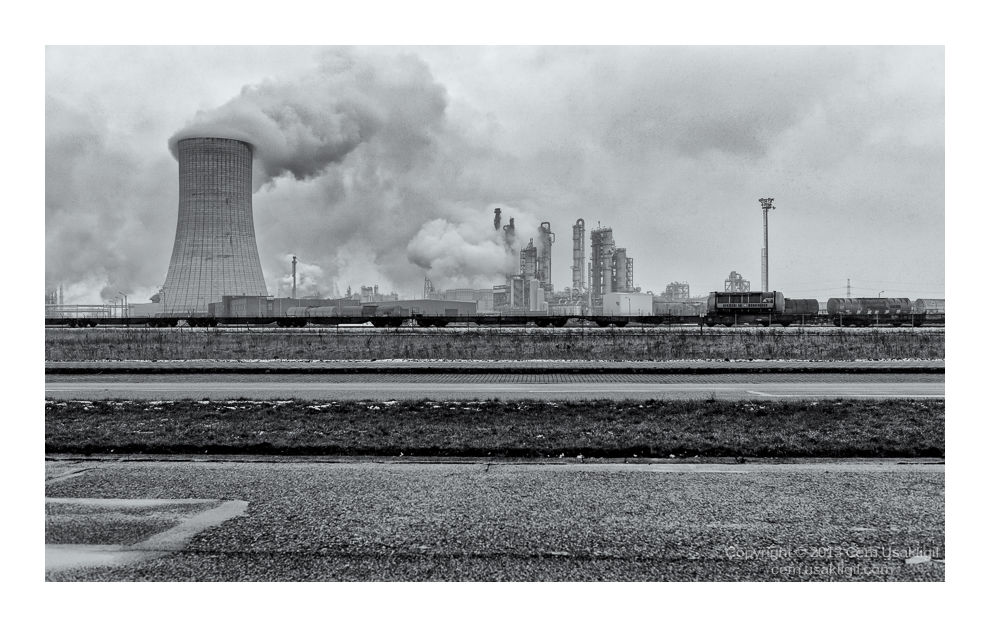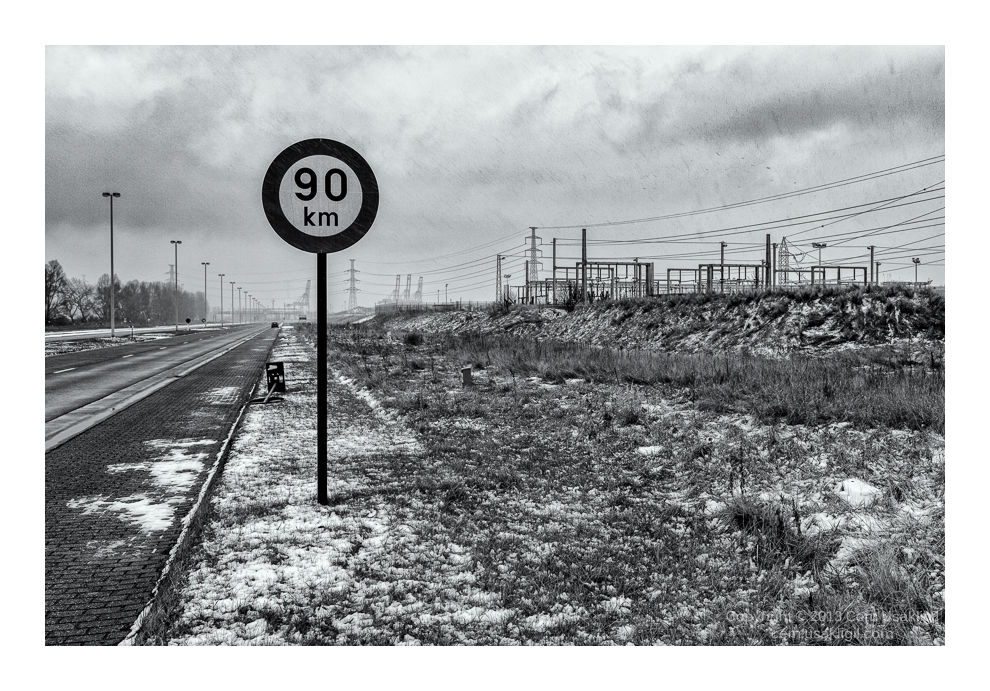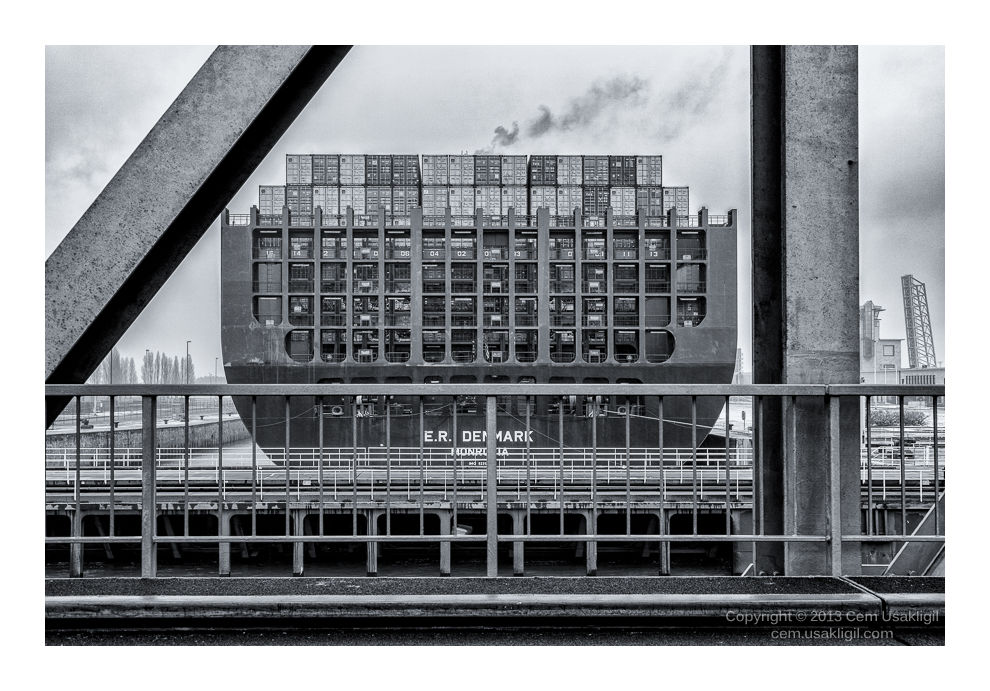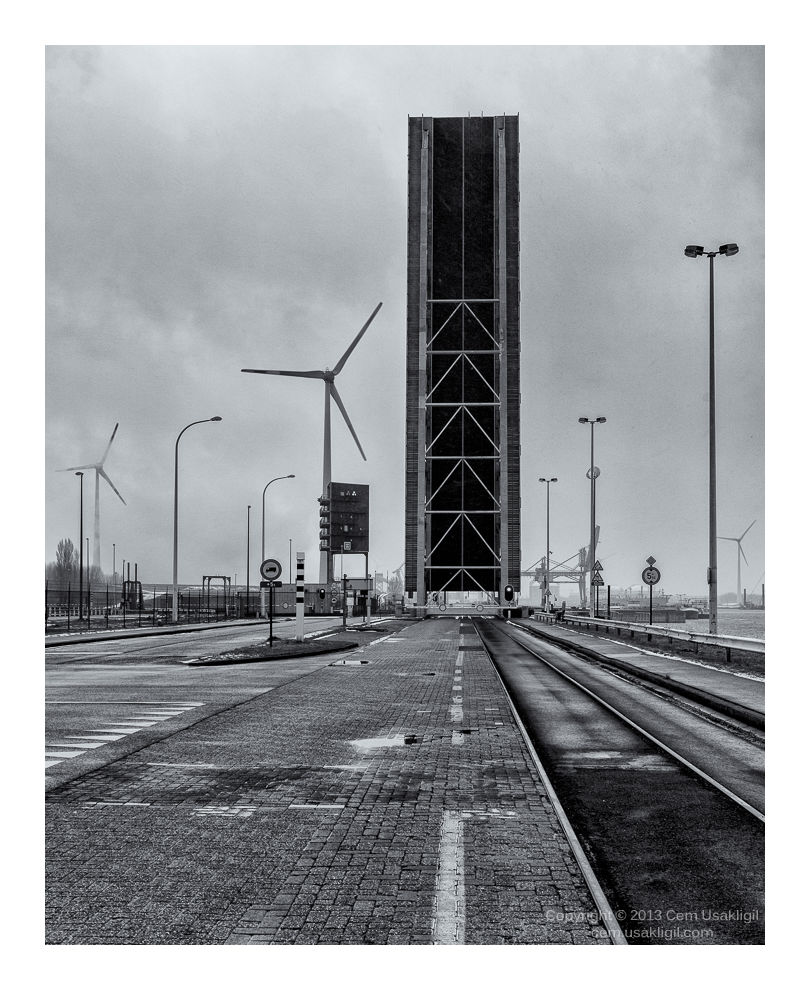Hi, Cem,
First, so glad to see you here on the forum again.
These are fabulous images.
On the one shot I was surprised to see the very US-style tank cars, and most surprising the marking GATX, very familiar in the US.
GATX Corporation was originally General American Transportation Corporation, and the reporting mark for their rail cars was GATX, the "X" meaning that the car did not belong to the railroad itself (but rather, in this case, to General American Transportation) but was leased to the railroad by the owner. General American would then make it available to the shipper of the goods.
The railroad would charge the actual shipper of the goods for hauling the goods (in the "railroad's car", although they had gotten it by leasing it) but would pay General American for the use of the car.
One object of all this was that the cars that were used were of special designs that could most safely transport the actual shipper's goods, cars the railroad would not care to invest in itself.
The reporting mark "GATX" became so familiar on American railroads that the company eventually adopted it as its corporate name.
Hope you are doing well.
Best regards,
Doug
